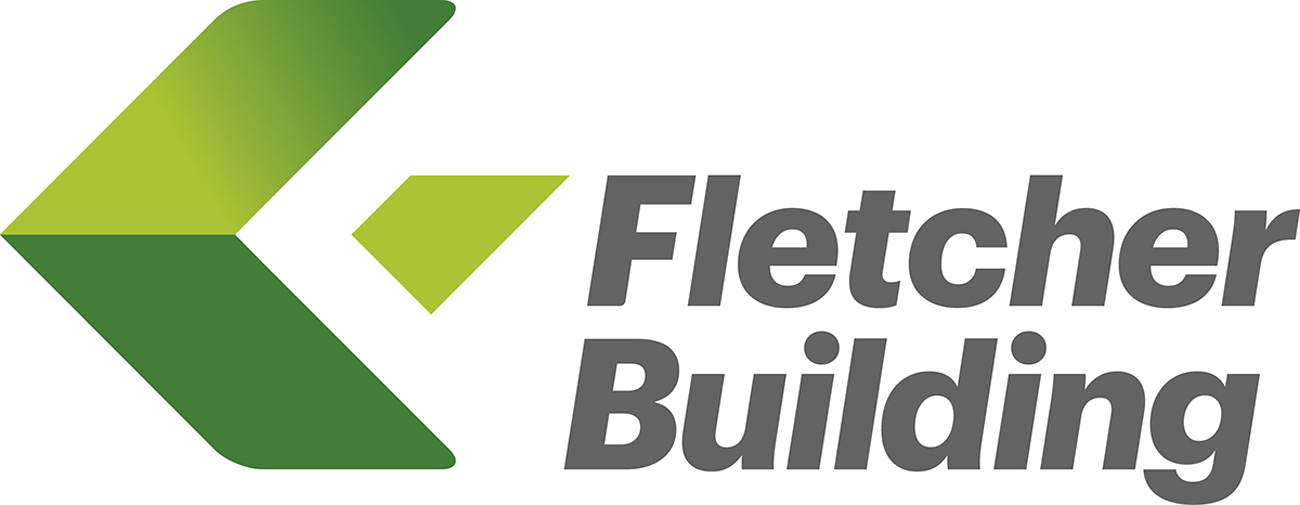Our Stonebloc is a high productivity gravity retaining wall system. At the core of the system is a concrete block featuring a unique shear key and facia. Combined the block and the engineered system deliver a more durable, better looking retaining wall at an impressively low cost that’s similar to timber.
Chances are, if you are reading this you already understand all the benefits Stonebloc offers over retaining wall systems. Here are our top nine tips for installing a Stonebloc retaining wall.
- A firm and level foundation and site set up is important. In good ground conditions all you need is a levelling layer of fines. Use a level to smooth out the base and then compact before placing the blocks. Consult your geotechnical engineer if you have any questions about the foundation requirements for your wall.
- Correct placement of blocks: The interlocking design of the blocks deliver a high productivity, high speed installation rate. However, getting the spacing correct on the base layer is essential for an accurate build going forward. Stonebloc offers a ‘install stencil’ which allows you to check block placement as you go. Remember to run a string line along the length of the wall and place the blocks about 10mm away from it to ensure a straight, plumb wall.
- Clean/sweep loose debris: You need to make sure the foundation’s surface is clean prior to laying the first course of blocks - use a small hand brush to do this. Then make sure the top of the previous layer is swept free of debris too before you add the next layer. A Stonebloc wall is designed as a gravity system, so there’s no need for glue or grout so long as the surface below your current row has been swept clean.
- Running bond pattern: This classic placement provides more strength across vertical planes because it eliminates the continuous vertical joints that occur in stack bond walls.
- Review block layout design: You'll be supplied with a 3D render of your structure. It's important to review these templates to ensure the right block is put in the correct position. Placing the wrong block in the wrong position will result in a shortage of some blocks and surplus of others.
- Repositioning/adjustment of blocks during install: Blocks can be repositioned during the installation process by using a pinch/crowbar to leverage the block around.
- Check as you go: While Envirocon has a comprehensive quality control process, with thousands of blocks being produced each month the odd bad block may slip through. Check each block visually before placement to ensure there are no issues.
- Build the entire wall as you go: For optimal construction speed, building all levels of the entire wall as you move along the length of the wall allows you to easily identify incorrect spacing issues. Allow for block creep of about 2-3mm each block. Over longer wall distances this should be allowed for in the design of the foundation.
- Ready for backfilling pre-inspection: Backfilling retaining walls can be critical for optimal performance over the lifetime of the wall. Make sure all necessary geofabrics and any other specific engineering requirements are either in place or allowed for prior to any inspections.
Remember that no grouting makes Stonebloc easy to break down and install elsewhere if necessary.









